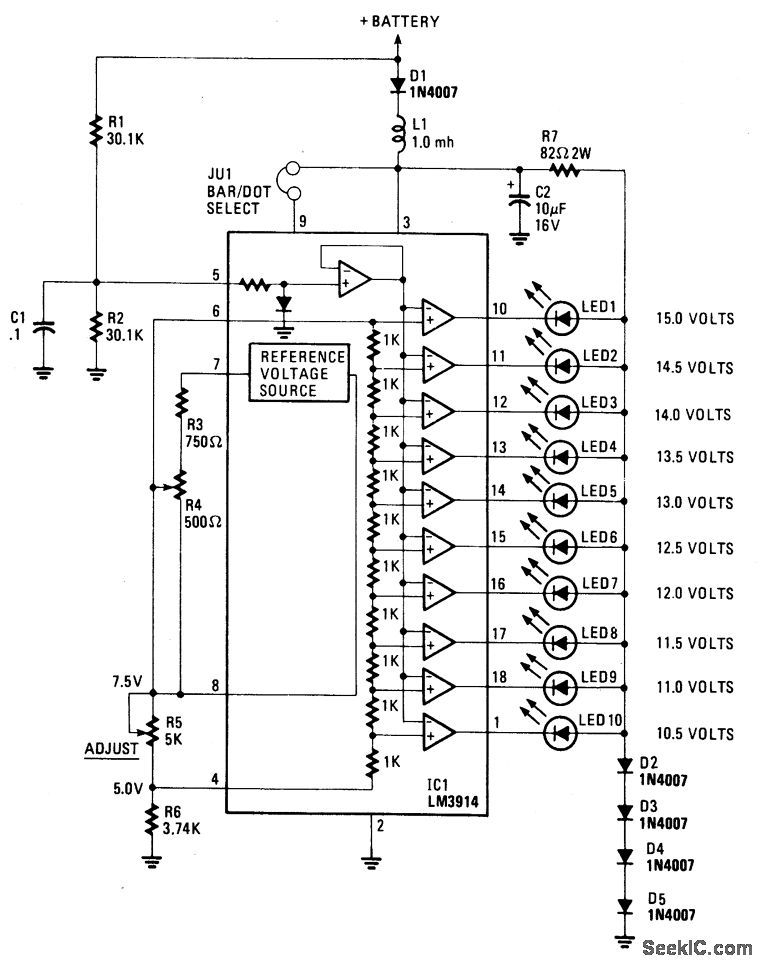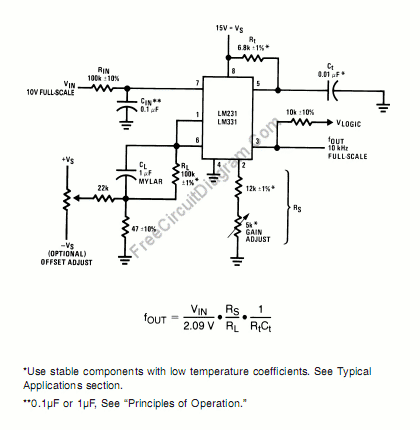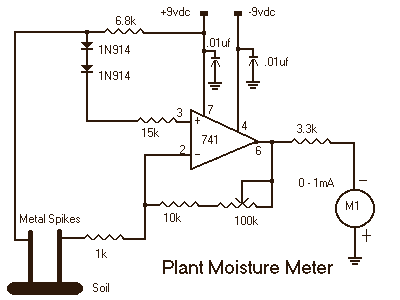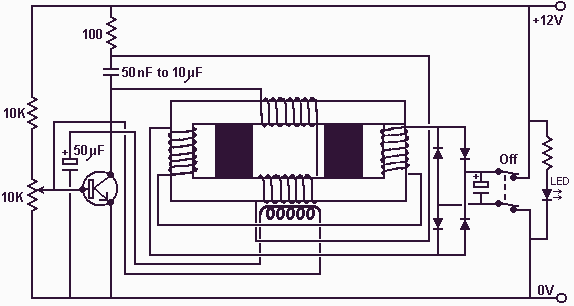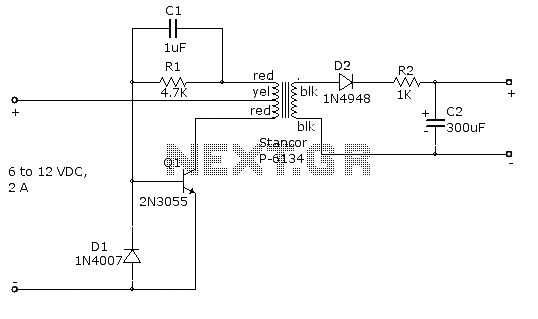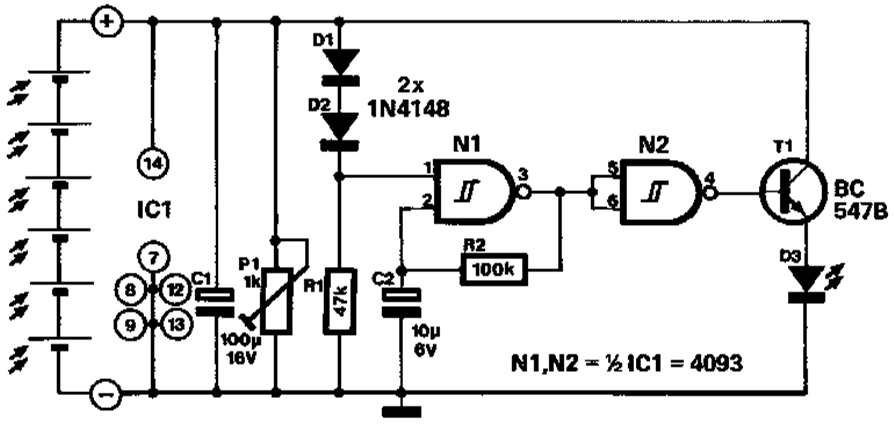
Very simple voltmeter with ic741

This circuit is capable of measuring voltages up to 15 volts, utilizing a 9-volt battery that draws a current of only 23 mA. The input circuit includes a diode for protection.
The circuit design features a voltage measurement system that is specifically tailored to operate with a maximum input voltage of 15 volts. At the heart of the system is a 9-volt battery, which serves as the power source. The low current consumption of 23 mA ensures that the circuit remains energy-efficient, making it suitable for battery-operated applications.
The input stage of the circuit incorporates a diode, which serves a critical role in protecting the circuit from reverse voltage spikes that could potentially damage sensitive components. This diode allows current to flow in one direction while blocking any reverse current, thus safeguarding the measurement circuitry.
In addition to the diode, the circuit may include a voltage divider configuration, which allows for the scaling down of higher voltages to a level that can be accurately measured by an analog-to-digital converter (ADC) or a microcontroller. This setup ensures that the voltage readings remain within the acceptable range for the measuring device, preventing overload and ensuring accurate readings.
The output of the circuit can be designed to interface with various display systems, such as LED indicators or LCD screens, to provide a visual representation of the measured voltage. This can be accomplished through additional circuitry that translates the ADC output into a readable format.
Overall, this voltage measurement circuit is a versatile and efficient solution for applications requiring accurate voltage monitoring, while its protective features enhance reliability and longevity in various operating conditions.This circuit can be used to measure the voltage to 15 volts.Using the current from the battery 9 volt,At 23 mA only. Input circuit has a diode, to protect the.. 🔗 External reference
The circuit design features a voltage measurement system that is specifically tailored to operate with a maximum input voltage of 15 volts. At the heart of the system is a 9-volt battery, which serves as the power source. The low current consumption of 23 mA ensures that the circuit remains energy-efficient, making it suitable for battery-operated applications.
The input stage of the circuit incorporates a diode, which serves a critical role in protecting the circuit from reverse voltage spikes that could potentially damage sensitive components. This diode allows current to flow in one direction while blocking any reverse current, thus safeguarding the measurement circuitry.
In addition to the diode, the circuit may include a voltage divider configuration, which allows for the scaling down of higher voltages to a level that can be accurately measured by an analog-to-digital converter (ADC) or a microcontroller. This setup ensures that the voltage readings remain within the acceptable range for the measuring device, preventing overload and ensuring accurate readings.
The output of the circuit can be designed to interface with various display systems, such as LED indicators or LCD screens, to provide a visual representation of the measured voltage. This can be accomplished through additional circuitry that translates the ADC output into a readable format.
Overall, this voltage measurement circuit is a versatile and efficient solution for applications requiring accurate voltage monitoring, while its protective features enhance reliability and longevity in various operating conditions.This circuit can be used to measure the voltage to 15 volts.Using the current from the battery 9 volt,At 23 mA only. Input circuit has a diode, to protect the.. 🔗 External reference
Warning: include(partials/cookie-banner.php): Failed to open stream: Permission denied in /var/www/html/nextgr/view-circuit.php on line 713
Warning: include(): Failed opening 'partials/cookie-banner.php' for inclusion (include_path='.:/usr/share/php') in /var/www/html/nextgr/view-circuit.php on line 713
